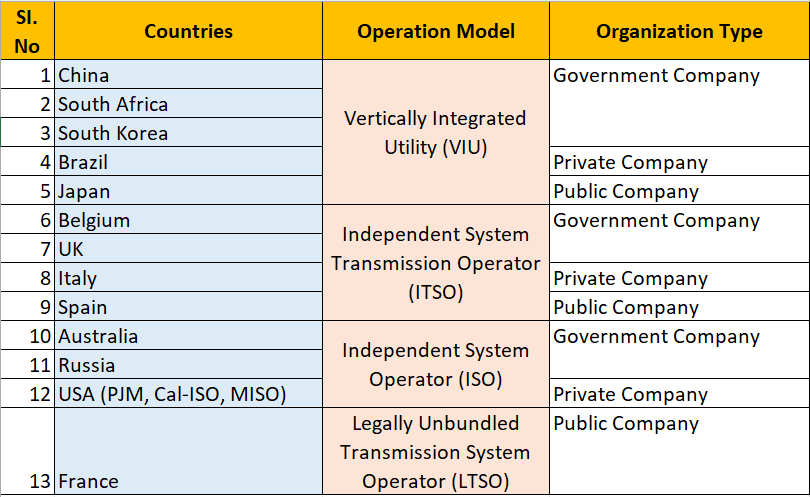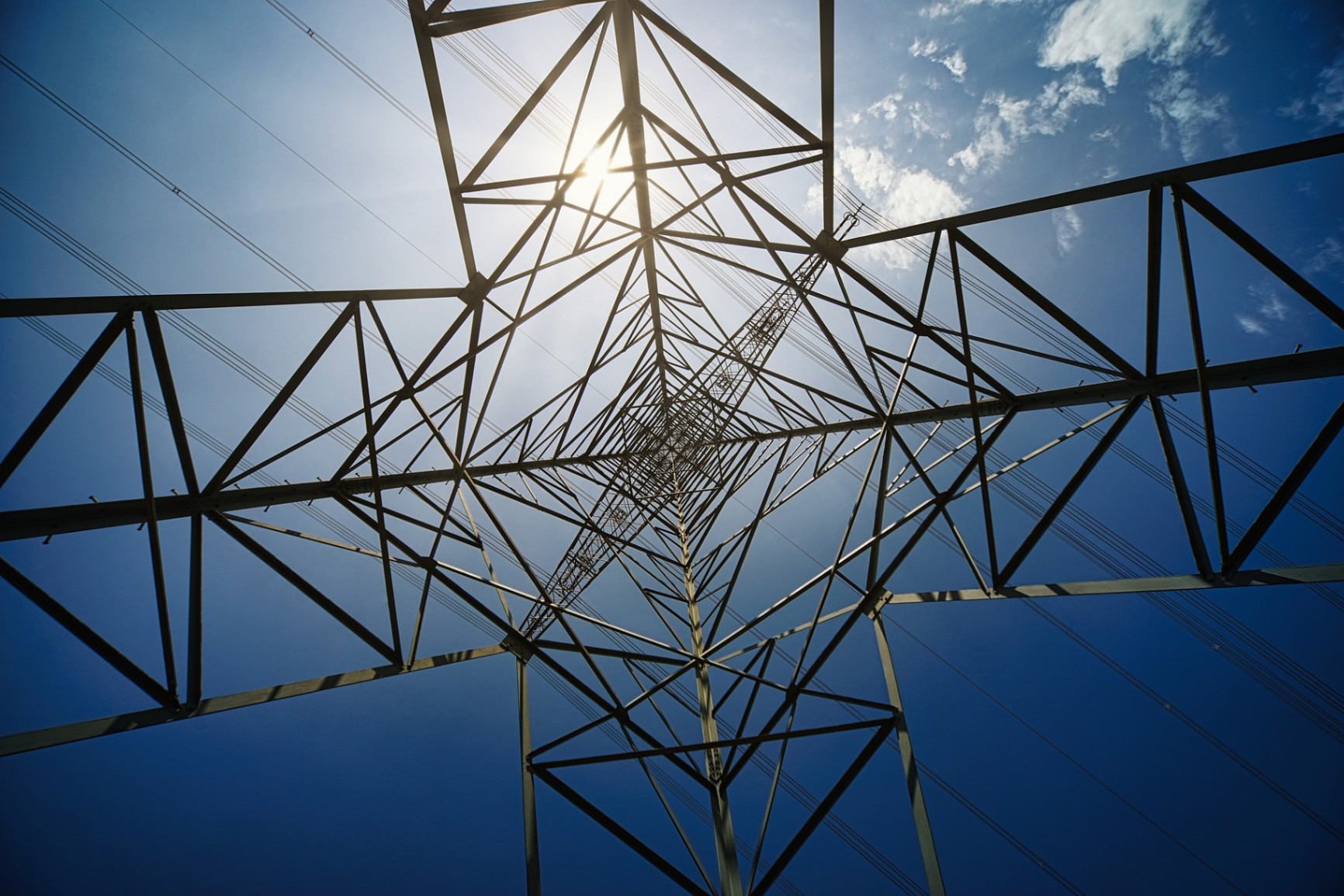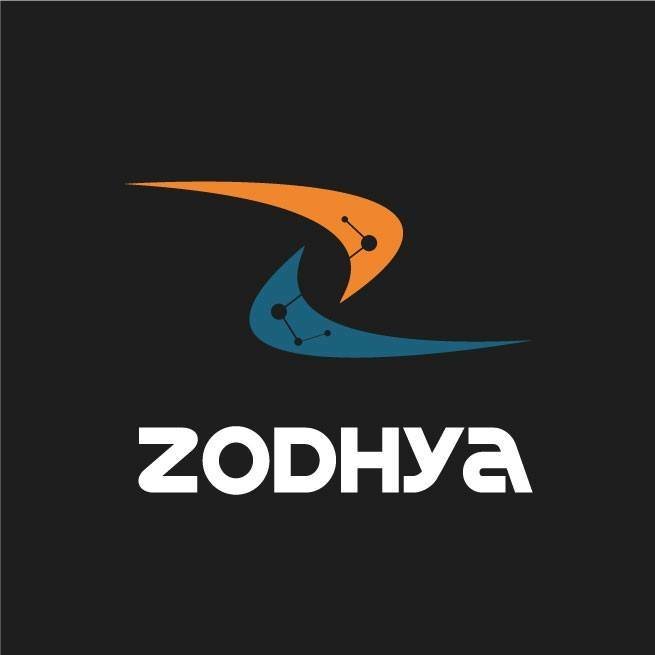In the previous blog of this series (Part 1), we discussed what are power dispatch centers, and their role in the whole scheme of transmission networks. In this blog, we will deep dive to explain the roles that are played by different dispatch centers in India and why those roles matter.
When you are supplying electricity to different parts of the country, the Dispatch centers should understand how the demand is changing in each region, how are the generation plants functioning, at what capacities, and so on. In order to deal with different aspects of transmission,
The dispatch centers are categorized into 3 types — NLDC, RLDC and SLDC.
NLDC — National Load Dispatch Center. As the name stands, it is the single entity responsible for the monitoring and scheduling of power between different regions and also for the power exchanged across different nations. For example, India has transmission lines with Bangladesh, Bhutan and Nepal and is involved in power trade among these countries.
RLDC — Regional Load Dispatch Centers, which are 5 in number for North, East, West, South and North-east. They are responsible for the monitoring and scheduling of the grid within that region.
SLDC — State Load Dispatch Centers, which are 33 in number, responsible for the grid transmission within the respective state and maintaining the grid's voltage and frequency.
Why should Voltage be maintained on the grid?
You see, all our appliances are rated at a specific voltage. If the voltage were to surge than rated it could damage our appliances. For this reason, it is highly important to maintain the voltage on the grid.
Why Should Frequency be maintained on the Grid?
Inconsistencies in frequency can cause motors to run too fast or too slow, potentially damaging components over time and affecting overall performance.
How are they maintaining these parameters?
Grid operators use techniques such as frequency control reserves, load shedding, and generation adjustment to regulate and stabilize grid frequency. These measures help to ensure that the supply of electricity matches the demand at all times, minimizing the risk of power outages and equipment damage.
In addition to load shedding, grid operators use frequency control reserves (such as spinning reserves and frequency response services) to manage frequency deviations. These reserves consist of power generation capacity that can be quickly activated or ramped up/down to stabilize frequency.
The primary goal of using load shedding or other frequency control measures is to maintain grid stability. A stable grid ensures a reliable electricity supply and minimizes the risk of widespread blackouts or equipment damage due to frequency-related disturbances.
Now, is the dispatch center network the same in every country? No.
How do dispatch centers operate in different countries?

In India, the Central Electricity Regulatory Commission (CERC) and State Electricity Regulatory Commissions (SERCs) are the agencies at the Regulatory level; System Operation of NLDC/RLDCs at the federal/inter-state level and SLDCs at the state level. Similarly, the System Operation by the ISOs in the USA is regulated by the Federal Electricity Regulatory Commission (FERC). The FERC ensures compliance with the standards and criteria etc. in system operation. The physical electrical system in the USA consists of 3 “Interconnections” that are largely independent with minimal power exchange. Operationally, there are 66 U.S. “Balancing Authorities” that each operates a portion of the grid, like SLDCs in India, balancing supply and demand at all times, and assuring Federal reliability standards are met.
And that’s how the Dispatch Center works. The next time someone asks how electricity gets dispatched, you know it!

